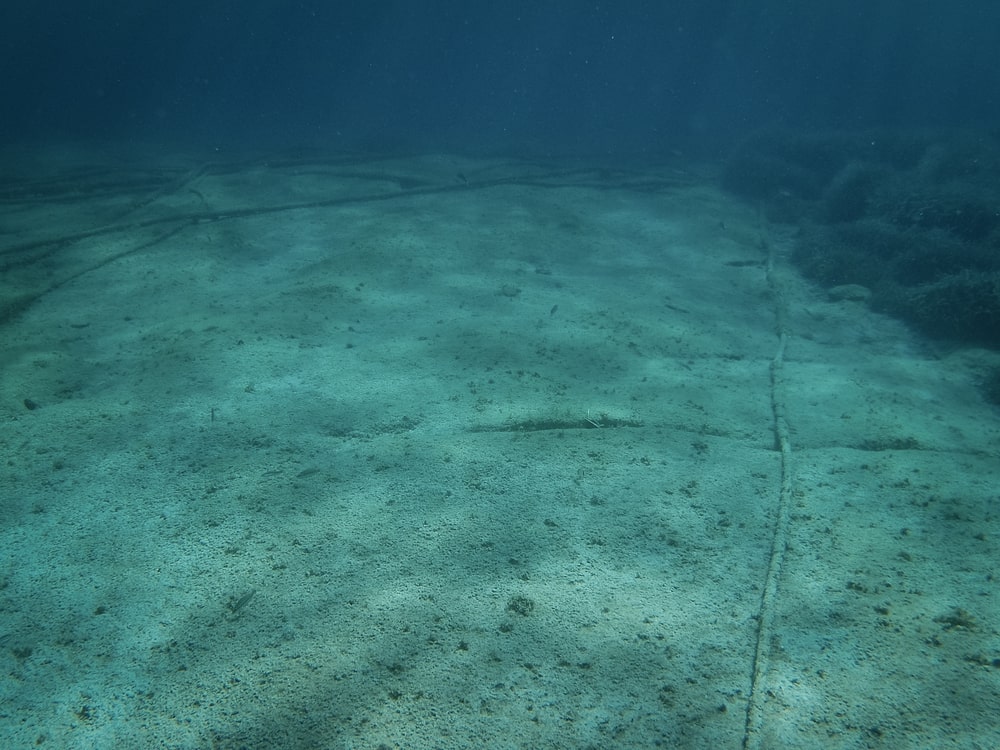
The Red Sea is becoming a top security concern for the global submarine cable industry, as undersea cables have been damaged and no new cables are being added to meet new demand.
Around fifteen cables run through the 14-mile Bab Al Mandeb strait, handling over 90% of all Europe to Asia internet capacity, according to Middle Eastern Eye.
Overall, this represents 17% of all global internet traffic according to the Center for Strategic & International Studies (CSIS).
The Bab Al Mandeb Strait has experienced a rise in attacks by Houthi rebels on merchant vessels, following the outbreak of the Israel-Hamas war in October 2023.
In March of this year, three submarine fiber optic cables were cut following an attack on the Rubymar, a British-owned vessel, off the coast of Yemen. The ship’s anchor ripped through the undersea cables in the weeks after the attack, as it drifted through waters.
70% of all cable faults can be attributed to this so-called “unintentional” damage, and include fishing nets, the weather and anchors, according to the CSIS report.
It is not only repairs that are needed but new capacity too, with more capacity required to meet the surging demand for AI (Artificial Intelligence), Cloud Storage along with creation of new data centers in the Gulf states.
High insurance costs and lack of available ships has meant that the idea of sending a repair ship to the Red Sea is highly unlikely,with some estimates putting the cost of such an exercise at $20 million, the Middle Eastern Eye reports.
With economies becoming more reliant on data, submarine cables play a critical role in transferring data across the globe. These cables span 1.4 million km, transferring 97% of all global data to nearly every country in the world.
Amazon, Google, Meta and Microsoft control around half of all undersea bandwidth worldwide according to Telegeography.
Attacks in the Red Sea are not the only major incident that have resulted in damage or disruption to undersea cables. In 2022, internet cables near Svalbard, Norway and the Shetland Islands were cut.
Last year, the Balticonnector pipeline between Finland and Estonia, and two undersea cables were damaged after a Chinese-owned commercial ship, Newnew Polar Bear, dragged its anchor across the cables.
Governments have started to wake up to the geopolitical ramifications of damages to undersea cables, as highlighted by NATO opening a center on undersea infrastructure last year.

Related Articles
Cyber
Cyber
Cyber